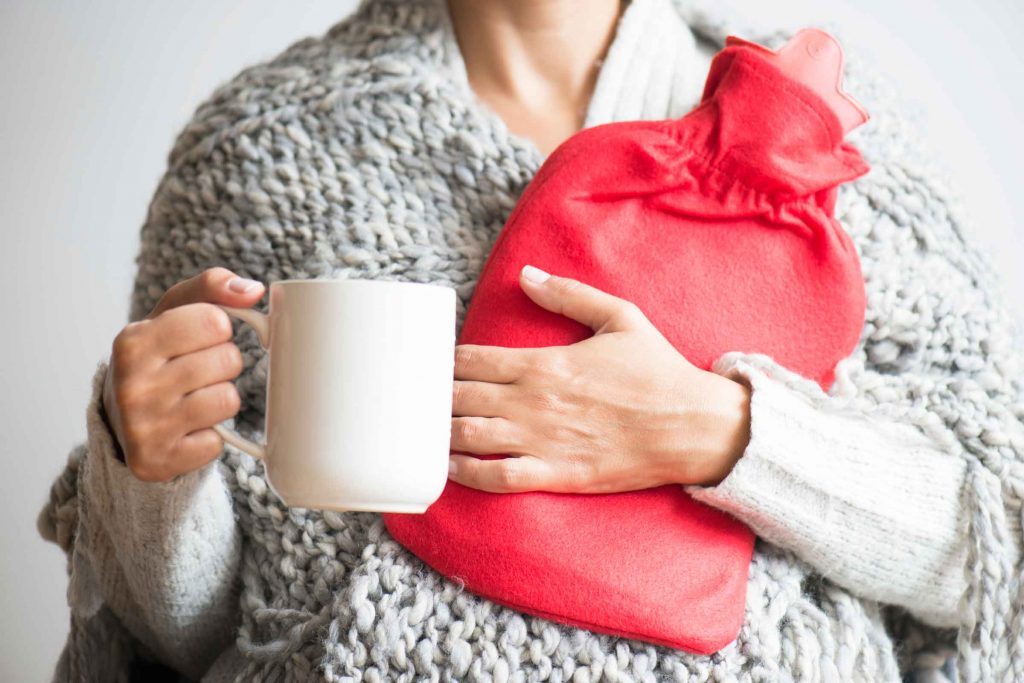
The Egyptians believed in the curative effects of heat as early as the fifth century BC, and used hot water, steam, sand, and mud baths. The Greek physician Hippocrates prescribed heat for “spasticity,” and pains in the extremities and torso, while the Chinese and Japanese were among the first to use natural hot springs to treat arthritic problems and many other disorders. Scientific research confirms the benefits of applied heat or “thermotherapy,” which now comes in many forms from heating pads to ultrasound.
How Heat Therapy Works
Studies show that heat therapy increases blood flow, raises the temperature of deep tissue and makes muscles more flexible. When blood flow is increased, more nutrients and oxygen can reach the injured area, helping it to heal. The application of heat also eases pain. In one study of 371 people suffering acute lower back pain, a heat wrap relieved pain and muscle stiffness, and improved flexibility significantly better than either ibuprofen or paracetamol. Functional brain-imaging research has shown that applied heat activates certain parts of the brain, which may mitigate the sensation of pain.
How to Use Heat Therapy
Take advice from a doctor or physiotherapist. Specialists divide heat treatments into three types: conduction, convection and conversion. Conducted heat therapies range from hot paraffin wax baths for arthritic disorders, to wheat bags, heating pads or wraps for acute muscular pain, to a simple hot-water bottle for menstrual pain. Convection methods, such as moist or hot air baths, or fluidotherapy (a stream of dry heat), also work well for arthritic conditions, muscle spasms and muscle or joint injuries.
Therapies using heat converted from another energy source, such as ultrasound or diathermy (high-frequency electromagnetic currents), can treat tendonitis, joint problems, muscle spasms and osteoarthritis; these are usually administered by a health professional and you should ask your doctor for a referral. For certain injuries or conditions, such as bursitis and Raynaud’s disease, alternating cold therapy and heat treatments may work best. When using home devices follow the instructions carefully so as to avoid burns.
Safety First
People with diabetes, multiple sclerosis, poor circulation, spinal cord injuries or rheumatoid arthritis should take care as high-temperature therapies could exacerbate their condition, increase inflammation or cause burns and ulceration. Ultrasound therapy cannot be used on certain vulnerable parts of the body, or by people with joint replacements.
Where to Find Heat Therapy
Seek a qualified physiotherapist for specialized heat treatments such as fluidotherapy, ultrasound or diathermy. Some heat treatments, such as paraffin wax baths, are provided by beauty clinics and health spas. Hot packs, wheat bags and heating pads are sold in pharmacies and health food stores.

